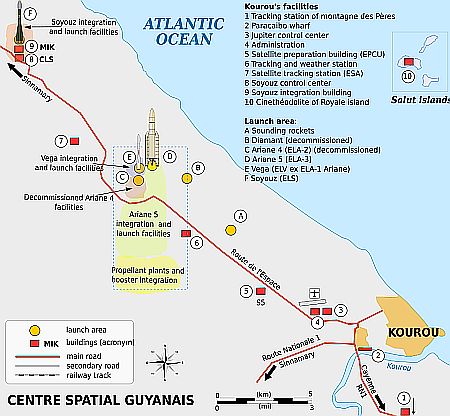Two American launches this evening
This evening two different American companies completed successful commercial launches, doing so from opposites sides of the globe.
First, SpaceX launched another 27 Starlink satellites, its Falcon 9 rocket lifting off from Cape Canaveral, with the first stage completing its fifth flight, landing on a drone ship in the Atlantic Ocean. This launch was on the evening of June 27th.
Then, a few hours later Rocket Lab completed the first of two quickly scheduled launches for an unnamed commercial customer, its Electron rocket lifting off from one of its two launchpads in New Zealand. This launch, on June 28th in New Zealand, was the company’s second launch in less than two days, its fastest turn around yet. As of posting the payload was not yet deployed.
The leaders in the 2025 launch race:
81 SpaceX
35 China
10 Rocket Lab
7 Russia
SpaceX still leads the rest of the world in successful launches, 81 to 60.
This evening two different American companies completed successful commercial launches, doing so from opposites sides of the globe.
First, SpaceX launched another 27 Starlink satellites, its Falcon 9 rocket lifting off from Cape Canaveral, with the first stage completing its fifth flight, landing on a drone ship in the Atlantic Ocean. This launch was on the evening of June 27th.
Then, a few hours later Rocket Lab completed the first of two quickly scheduled launches for an unnamed commercial customer, its Electron rocket lifting off from one of its two launchpads in New Zealand. This launch, on June 28th in New Zealand, was the company’s second launch in less than two days, its fastest turn around yet. As of posting the payload was not yet deployed.
The leaders in the 2025 launch race:
81 SpaceX
35 China
10 Rocket Lab
7 Russia
SpaceX still leads the rest of the world in successful launches, 81 to 60.



